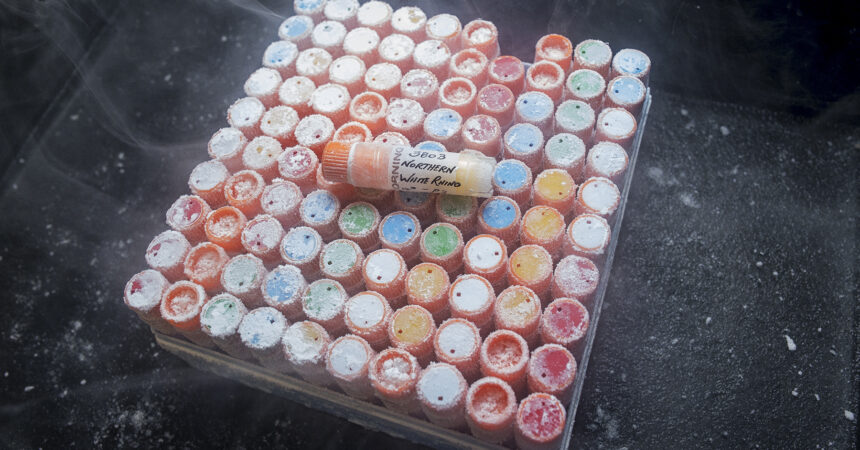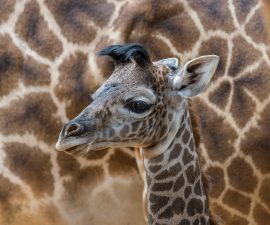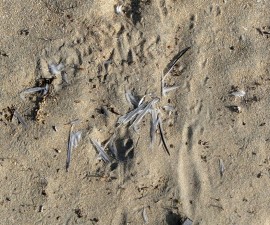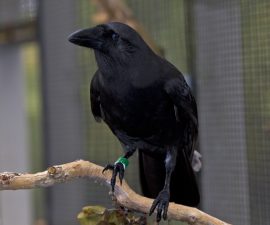December 2023 marks the 50th anniversary of the United States’ Endangered Species Act, and though many conservation successes have been made possible by the Act, there is equally as much work to be done to safeguard biodiversity. The extensive loss of biodiversity in the United States—and all around the world—is a critical threat to the health of wildlife, humans, and the ecosystems we share and depend on. Our planet is in the midst of a massive extinction crisis: wildlife populations have declined by an average of 69 percent since 1970, and we are rapidly losing the genetic variation that underpins species’ potential to adapt to our increasingly changing world.
Biodiversity banking represents a critical opportunity to mitigate biodiversity losses at home and worldwide. Biobanking is the preservation of biological materials—such as cryopreserving cells, gametes, tissues, and seeds—and preserving these materials is necessary in understanding, characterizing, and conserving biodiversity.
San Diego Zoo Wildlife Alliance’s Oliver Ryder, Ph.D., Kleberg Endowed Director of Conservation Genetics, is helping catalyze a network of biobanking for conservation. Through the newly formed Animal Biobanking for Conservation Specialist Group (ABC SG)—part of the International Union for Conservation of Nature’s (IUCN) Species Survival Commission—Oliver and the group are organizing a worldwide effort to collect, bank, and share genetic resources as a key tenet of current and future conservation efforts.
Oliver and Boripat Siriaroonrat, DVM (Maihdol University, Thailand), serve as the founding Co-Chairs of the ABC SG, which was established in 2022. “The vision of the ABC SG is to create a global network for sharing information and expertise to establish facilities that cryopreserve viable cells and tissues of animals,” says Oliver. “Our ability to freeze and thaw living materials, and have them resume their function, is a milestone in the history of life. This is a remarkable step forward for conservation on a global scale.” He explains that banked viable materials serve as the foundation of a crucial new set of conservation options, particularly as we develop technologies that enable genetic rescue and foster unprecedented levels in our understanding of life on earth.

One of the first steps for the group will be to perform what Oliver calls a “horizon scan”: essentially, determining who is currently banking viable materials and which species have been banked so far. This baseline information is necessary to design an efficient global system for continuing to collect samples from across ecosystems and taxa. Because approximately 15 percent of threatened terrestrial vertebrates on the IUCN Red List of Threatened Species are under managed care in zoos and aquaria around the world, these institutions could play a central role in the initial efforts to catalog and bank biodiversity.
Surveying the biobanking landscape is also necessary to identify gaps in participant and stakeholder representation, and to therefore ensure that all ABC SG efforts are inclusive, just, and equitable. “Fostering capacity enhancement opportunities, sharing the benefits of biodiversity resources, and recognizing the rights of indigenous peoples and local communities are all essential to the mission of the ABC SG,” says Oliver. This commitment to building an inclusive network to fairly protect and manage genetic resources is also consistent with the overarching goals of the Kunming-Montreal Global Biodiversity Framework, the historic agreement reached at COP15.

The ABC SG currently has members from 22 participating institutions, representing more than 14 countries. The group welcomes additional individuals and institutions with an interest in biobanking, or questions about how to contribute, to get involved with the ABC SG. Click here for more information about the ABC SG.
“We have a unique opportunity in time to collect viable materials, which are so important for understanding extinction risk, management, and conservation interventions,” adds Oliver. “Our careful attention to these efforts today is going to be invaluable in protecting biodiversity for the future.”





